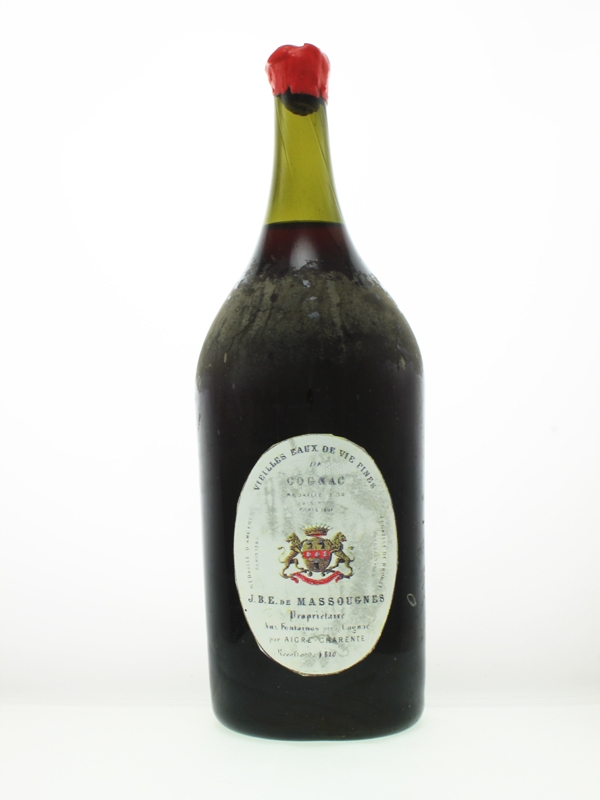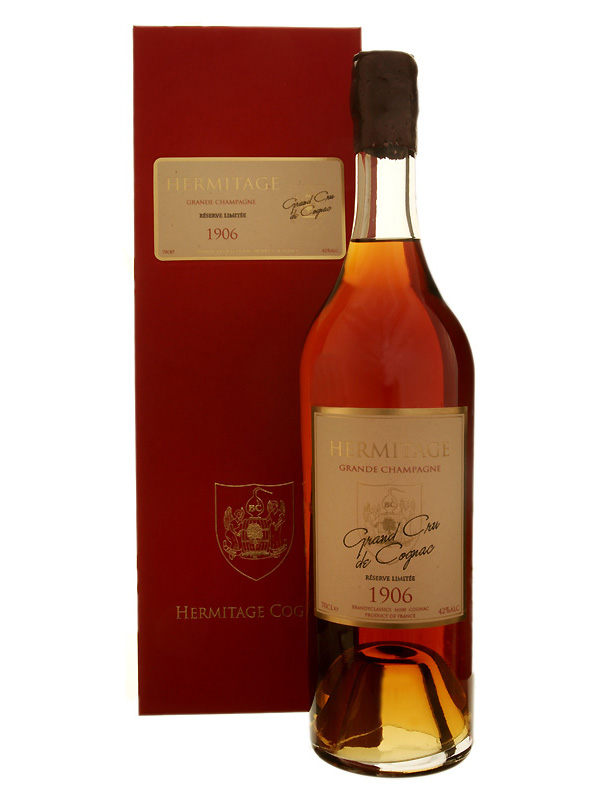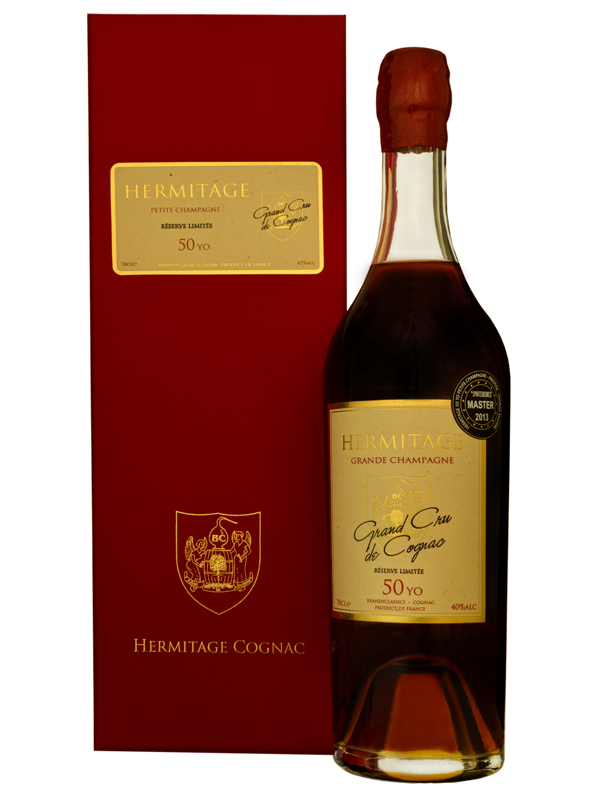Did You Know? Grappa
Grappa was originally a peasant drink, designed to provide comfort and strength to the maker – usually a poor peasant in the mountains of northern Italy. Grappa was more than just a drink – it was a tradition, a disinfectant, a medicine, allegedly sovereign against complaints as diverse as depression in old age, toothache, constipation and even bronchitis!
Grappa can be consumed in many ways. It used to be consumed as a standard breakfast drink, espresso corretto con grappa with just enough grappa in the espresso to get the blood circulating. A drop or two in the coffee also formed part of the grappa-lore, as did the use of grappa in cooking, splashed into potatoes in their jackets or as flavouring for coffee cakes and pan de figo – dried figs soaked in the stuff. It could also be tasted in many original ways, including by rubbing a little on the palm of the hand as though it was a perfume, or by letting a few drops fall into a cup of boiling water. It was so strong that even a few drops in a cup of coffee gave one new life!
More recently many of them have become cult drinks. This is partly snobbery, parallel to the acceptance of former peasant foods such as gnocchi or tagliatelle reflecting the search for older traditions by self conscious urban intellectuals, and partly the preservation of the Arneis grape.



